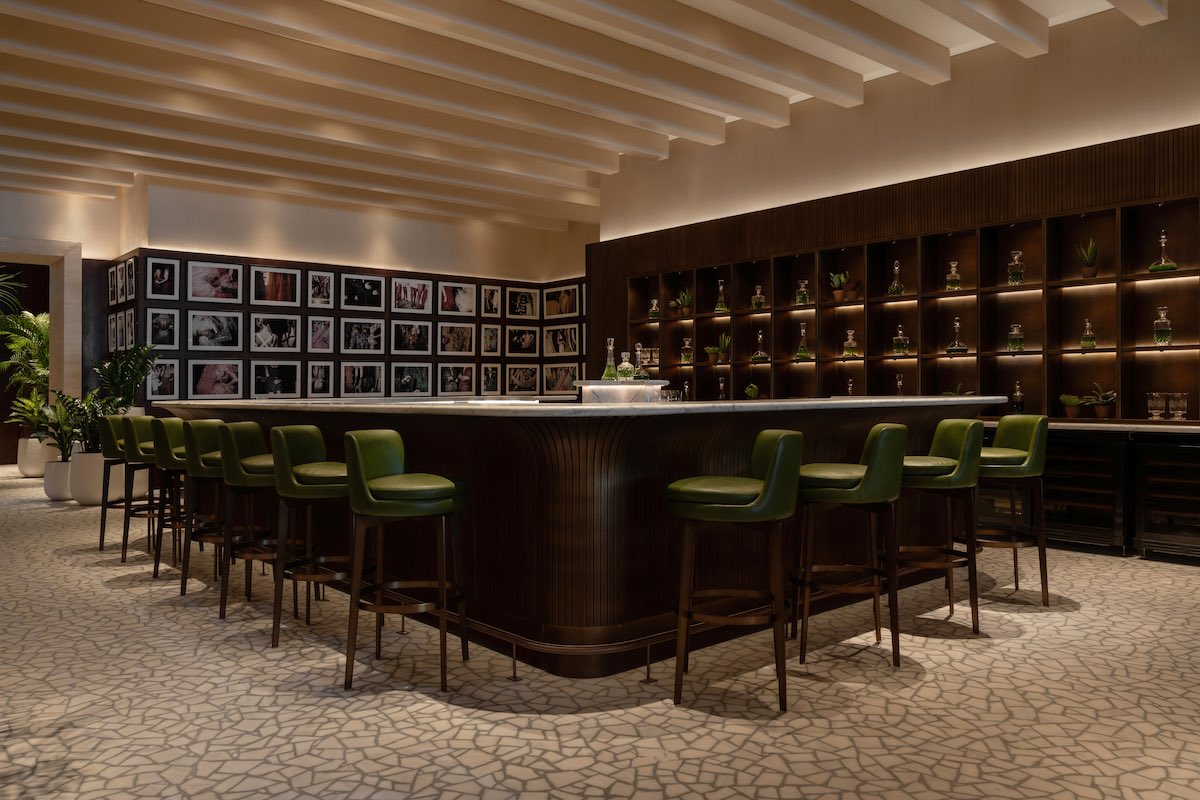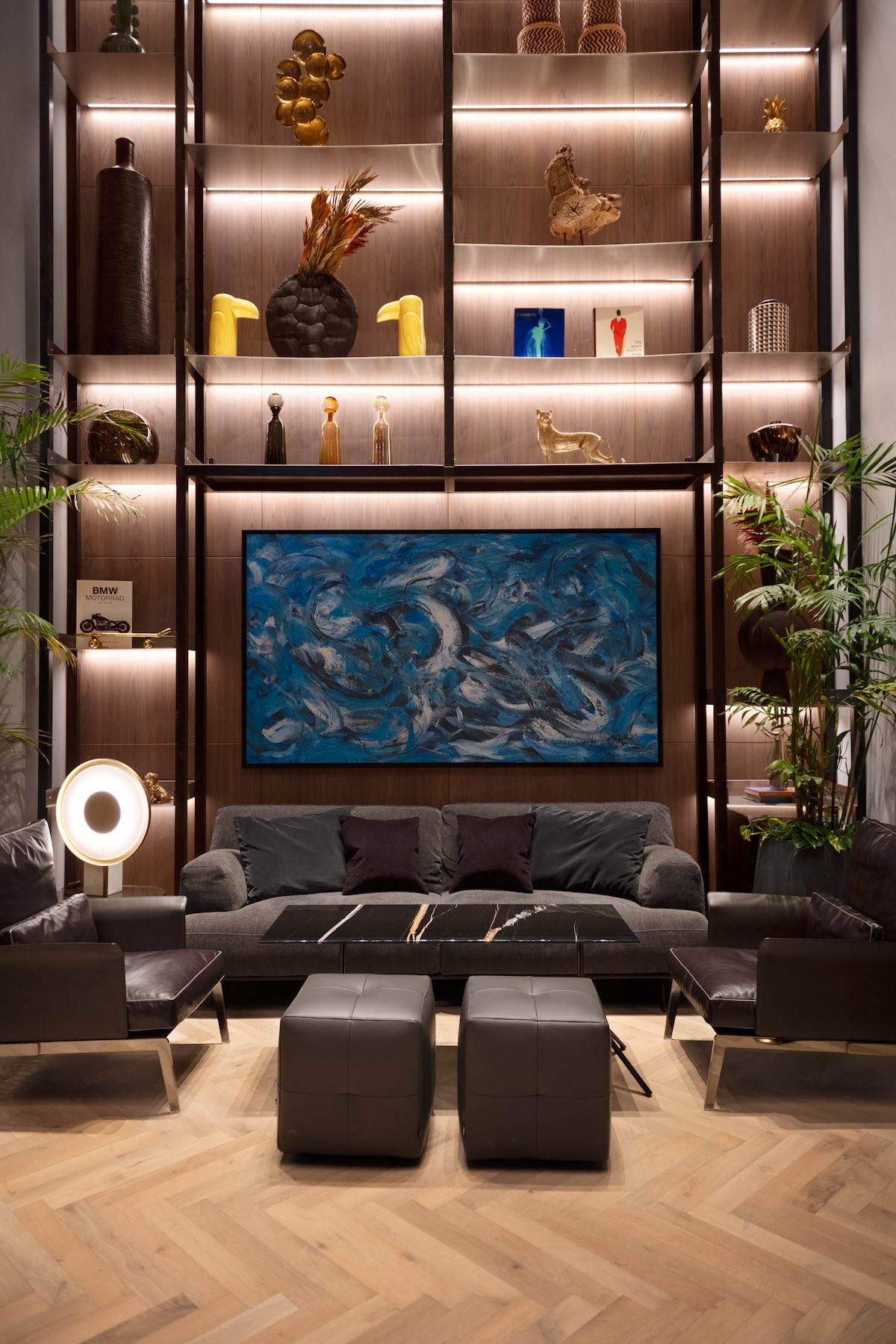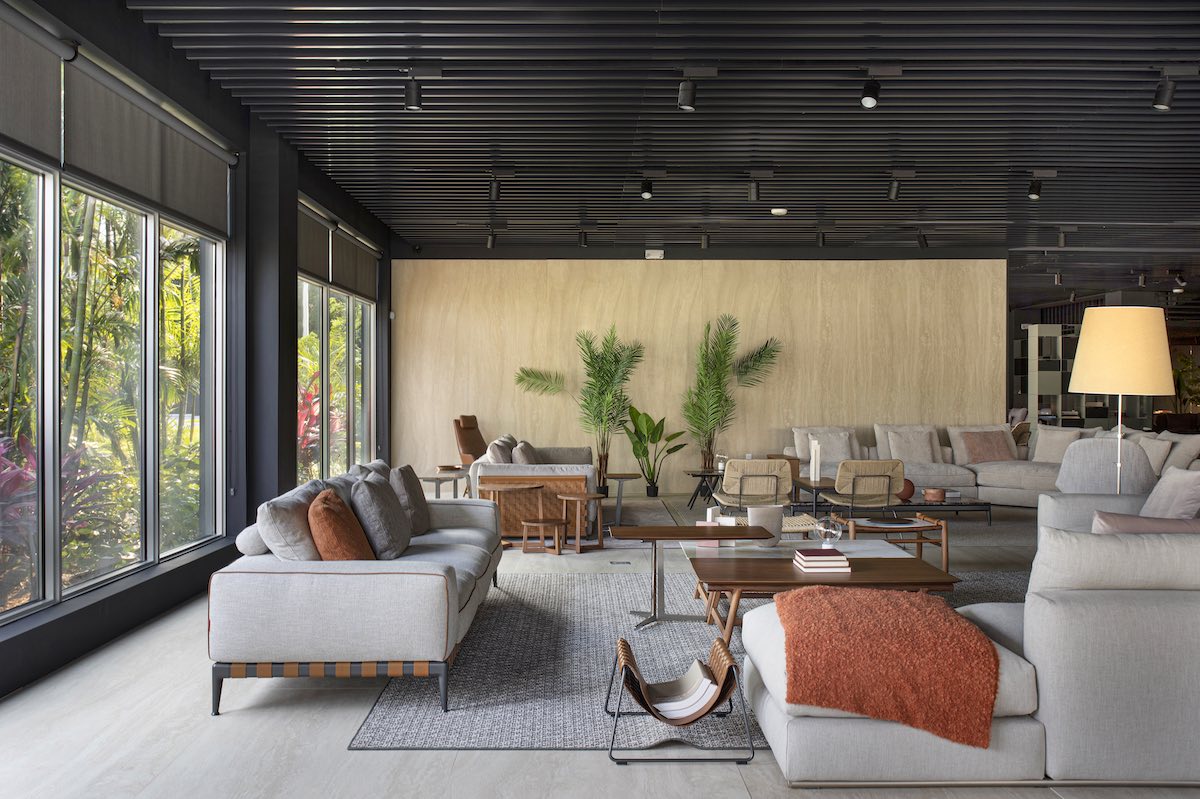As history evolves, there are moments of relative calm and others in which changes happen fast. Over the last few years, the world seems to have opted for the latter. First the pandemic, then the conflict between Russia and Ukraine: unexpected, divisive developments that have driven many aspects of our society forward into new territory. With repercussions for all sectors. The design industry is also impacted, especially in terms of distribution strategies. We talked about all this with Giuliano Galimberti, Export Sales Director of Flexform.

How is the world changing, from your standpoint? What are the most interesting markets today, and why?
There have been events – first the pandemic, then the war – that have modified certain dynamics. But the overall snapshot is not as disrupted as it was in the past. The most important changes have been in the East: mostly for China, where we have seen a slowdown with respect to the rapid growth of the past, with new openings, new spaces. We had learned to expect growth in volumes, and also in distribution. Otherwise – and I don’t think this is related to the pandemic or the war – we have observed interesting growth in the Gulf states, for example: the reasons are of a different character, as in the case of Saudi Arabia, with a change of approach in the country’s management, opening it to tourism. This has driven futuristic projects and major investments. And there is an impact on the whole area: the Emirates, and Qatar, which is about to host the soccer World Cup.

Is all this redesigning the geography of exports?
Precisely the area of the Arab Emirates has become a destination – and this is to some extent a consequence of what is happening in the world – that is steadier than in the past, when tourism was mostly a matter of transit. Today there are many people (obviously with the necessary wherewithal) who are settling in a more stable way. As a result, we see investment in homes and furnishings. As for Russia and the Ukraine, there has not been a total interruption, as was feared at the beginning. Instead, there has been some movement in the former Soviet republics, probably due to people moving away from Russia. Elsewhere, trends are positive in the United States, and we can report a certain stability in Europe. The overall snapshot of the world is not as disrupted as in the past. We are paying attention to all the countries we had already set as growth targets in the pre-Covid period. So we will move forward along those lines.


Examples?
Latin America, which can offer opportunities in the near future. This is an area that has not been fully developed for furniture distribution, and there is still much to be done. There are many countries that can be involved. Then there are interesting prospects for Vietnam, still in the project phase: in the whole Far East, it is the country where we have less development.

Every market has its own specificities. What are the management strategies of the brand that are utilized on a global level?
We like to approach each new market, including those where we are already operating, with the same type of approach, the same codes, the same ideas. We never try to adapt our way of working, displaying, producing, and we do not formulate offerings for what are thought to be the needs of an individual country. In the past, when we approached new markets we were told things – I’ll give you two banal examples – like “in Japan the houses are all small, so you have to provide smaller sofas,” or “in oriental countries cottons and fabrics with a simple appearance will never work.” We have always had the courage to demonstrate who we are on a level of design and style. I think it is necessary for a brand like ours that has its own identity, that can be recognized for its style and its way of presenting itself, the settings for displaying products. Our idea is to replicate this in every place where Flexform can become a presence. We do not make compromises. Of course each market should be approached along the lines of its habitual attitudes. But from the standpoint of our approach, little actually changes.

What are your plans for operation abroad in the future?
The company programs overall investments for its growth and to augment its presence in distribution. Obviously foreign markets are predominant in these investments, also by virtue of the larger territory, for us and for most of the premium design sector. We are very careful to preserve what we have built over the last few decades, because it is not easy to have consolidated distribution involving selected, reliable and faithful dealers – in the sense that they make a commitment to take part in our project, to present the new collections and to stay up to date. Preserving what has been built is a duty, obviously with an eye on growth, to augment our foreign presence and hopefully to conquer new areas that may come to the fore in the months or years to come.
All images courtesy Flexform







